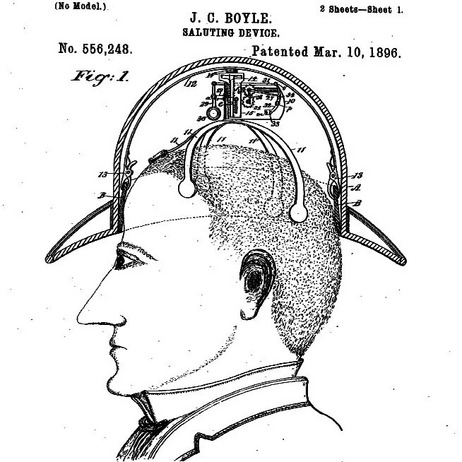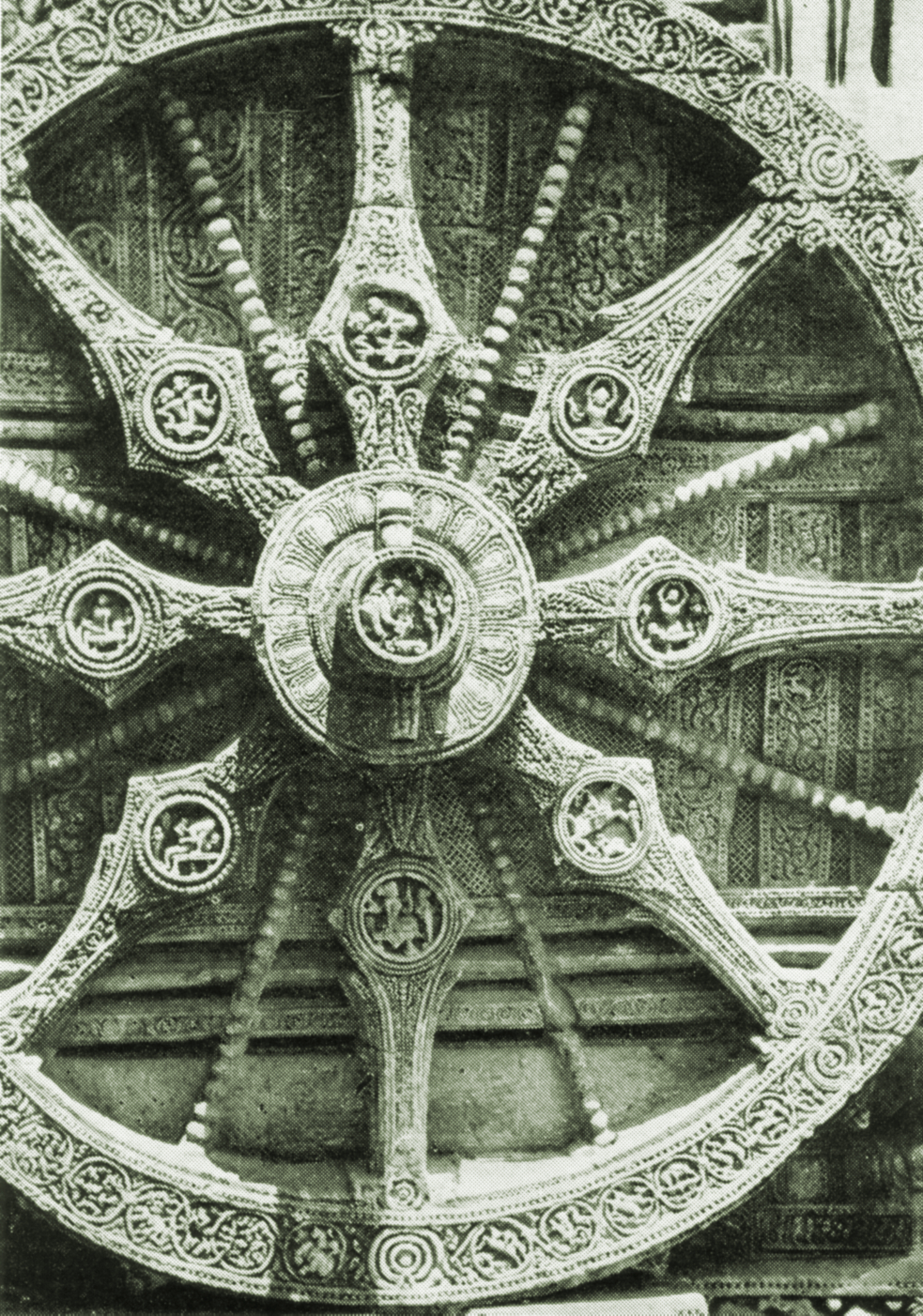An especially good RadioLab podcast episode hosted by Jad Abumrad and Robert Krulwich, about defying death, includes a brief interview with Harvard geneticist George Church, who thinks we can defeat the Reaper by identifying and controlling our atoms.
A repost of two earlier items about Church.
__________________________
From a really good Spiegel interview with synthetic biology pioneer George Church, a passage about cloning Neanderthals, which would allow us to finally end our shortage of stupid people:
“Spiegel:
Mr. Church, you predict that it will soon be possible to clone Neanderthals. What do you mean by ‘soon’? Will you witness the birth of a Neanderthal baby in your lifetime?
George Church:
That depends on a hell of a lot of things, but I think so. The reason I would consider it a possibility is that a bunch of technologies are developing faster than ever before. In particular, reading and writing DNA is now about a million times faster than seven or eight years ago. Another technology that the de-extinction of a Neanderthal would require is human cloning. We can clone all kinds of mammals, so it’s very likely that we could clone a human. Why shouldn’t we be able to do so?
Spiegel:
Perhaps because it is banned?
George Church:
That may be true in Germany, but it’s not banned all over the world. And laws can change, by the way.
Spiegel:
Would cloning a Neanderthal be a desirable thing to do?
George Church:
Well, that’s another thing. I tend to decide on what is desirable based on societal consensus. My role is to determine what’s technologically feasible. All I can do is reduce the risk and increase the benefits.”
__________________________
Imagine healthy, aging people experimenting with synthetic biology to prevent deterioration, replacing their own cells with inviolable, indefatigable ones. From a Technology Review Q&A conducted by David Ewing Duncan with geneticist George Church, whose new book is entitled Regenesis:
“Technology Review:
When is regeneration likely to happen in humans?
George Church:
There is much to be worked out. But here’s the leap. If you want to accelerate this, you have to pick an intermediate target that doesn’t sound so scary. So you’ll start out with bone marrow patients. And you’re going to basically make a synthetic version of that patient’s bone marrow using IPS, which is going to work much better than the diseased bone marrow. And once this works that’s going to catch on like wildfire. And then you’ll do skin, and then you’ll do every other stem cell you can get.
Technology Review:
Who is going to do this?
George Church:
The only way people are going to get this is through some brave soul. It will start with a sick person, and they will end up getting well, possibly more well than before they got sick. So you didn’t just correct the sickness, you actually did more. And they’ll give testimonials, and someone from the New York Times will interview them, and tell this appealing anecdote.
Technology Review:
Will people who are, say, aging but not yet sick ever be able to use this technology?
George Church:
I don’t consider this medicine, it’s preventive. I expect somebody who is truly brave, who has nothing wrong with them other than maybe the usual aging, saying: ‘I want a bone marrow transplant’, or intestinal, or whatever. And it will gain momentum from there.”•








